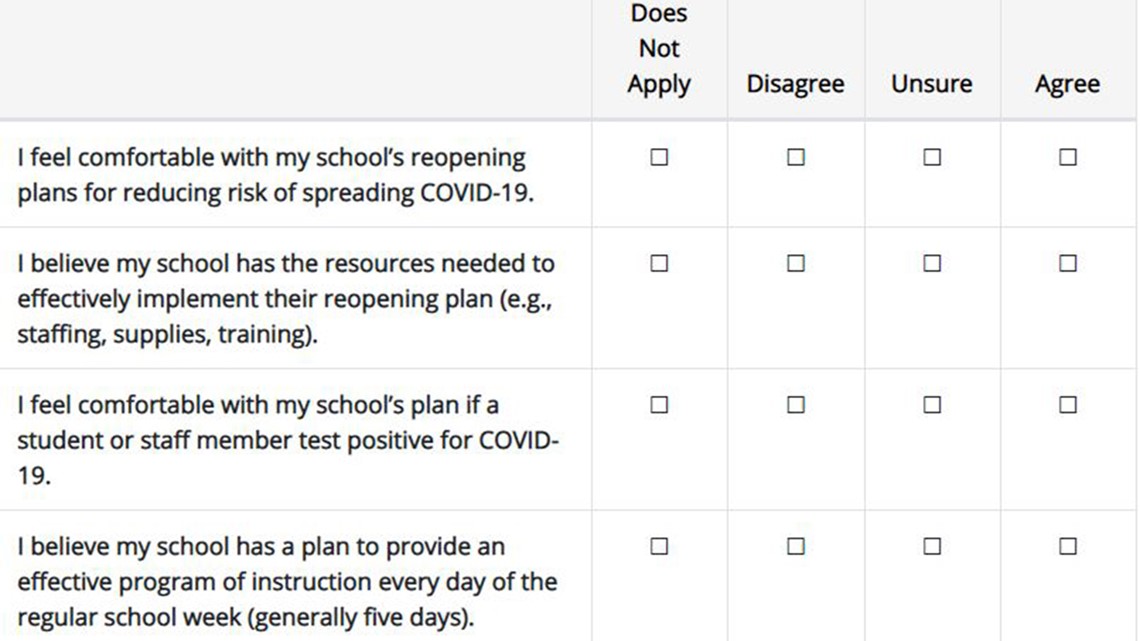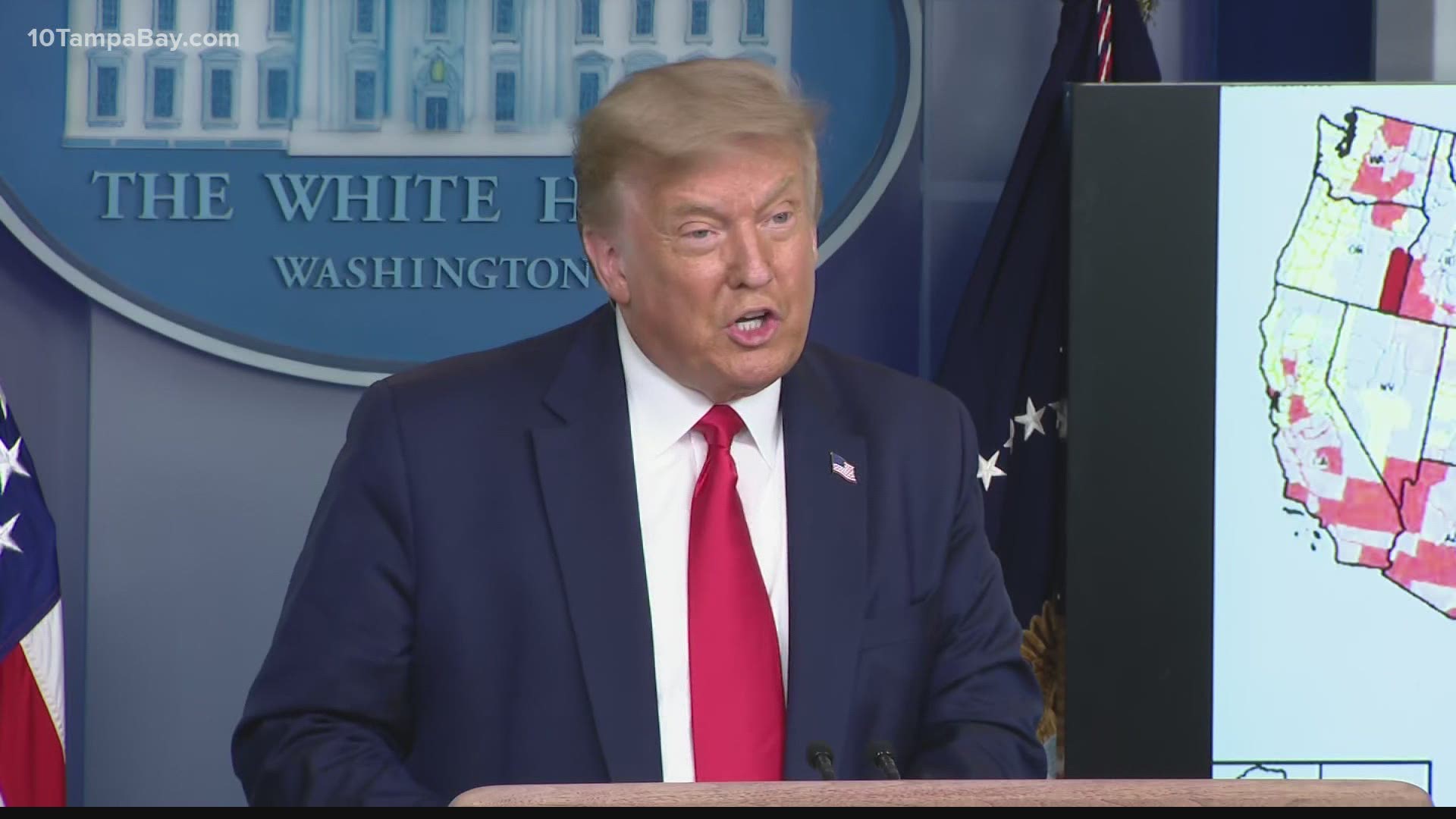The Centers for Disease Control and Prevention released resources for parents, teachers and schools Thursday as they consider whether to reopen this fall and whether children should go back amid the coronavirus pandemic. It comes as President Donald Trump encouraged schools to reopen if they can but said some may need to stay closed to start the school year.
The resources include a "Decision-Making Tool" for parents and caregivers to help them weigh the risks and benefits of going back. It's a checklist with 30 questions that weighs the risks of COVID-19, whether the child and their school are ready, the child's ability to learn from home and the child's academic and social well-being.
"As you are making decisions about your child(ren) returning to school, it is important to consider the full spectrum of risks involved in both in-person and virtual learning options," the CDC said. "Parents, guardians, and caregivers should weigh the relative health risks of COVID-19 transmission from in-personal instruction against the educational, social-behavioral, and emotional risks of providing no in-person instruction when deciding between these two options."


The CDC also provided a checklist for parents to follow if they decide to send their children back. It includes checking for symptoms of COVID-19 before allowing their child to go to school and making sure they properly use face coverings and wash their hands.
The CDC also provided guidance for schools, saying it's critical that administrators encourage everyone to use prevention techniques and to follow mitigation strategies like the use of face coverings and social distancing. It also said schools should try to find unused space, including outdoors, to use as additional classroom space.
The agency also said schools must be cognizant of COVID-19 transmission rates in their communities.
The CDC said the guidance was primarily focused on protecting the health and safety of students, but it also said opening schools and keeping them open is imperative to support child learning and to allow parents to work.
"Schools also provide critical services that help to mitigate health disparities, such as school meal programs, and social, physical, behavioral, and mental health services," the CDC said. "School closure disrupts the delivery of these critical services to children and families, and places additional economic and psychological stress on families, which can increase the risk for family conflict and violence."
Trump on Thursday announced that some schools in COVID-19 hot spots would need to delay reopening this fall, weeks after threatening to pull funding from districts that did not fully reopen.
Even as he tempered his position, though, Trump insisted that every school should be “actively making preparations to open." Students need to be in school buildings to prevent learning setbacks, he said, and to access meal programs and mental health services.
As long as they have necessary measures in place, he added, “many school districts can now reopen safely.”
Only about 1 in 10 Americans think daycare centers, preschools or K-12 schools should open this fall without restrictions, according to a new Associated Press-NORC Center for Public Affairs poll. Roughly 3 in 10 say that teaching kids in classrooms shouldn’t happen at all.
For most, the coronavirus causes mild or moderate symptoms, such as fever and cough that clear up in two to three weeks. For some, especially older adults and people with existing health problems, it can cause more severe illness, including pneumonia and death.
The United States became the first country to reach 4 million confirmed cases of COVID-19 Thursday, according to Johns Hopkins University. That's more than one-quarter of the total cases around the world. More than 144,000 have died in the U.S. related to COVID-19.

